Feds risk missing deadline for reducing tuberculosis rates in Inuit communities
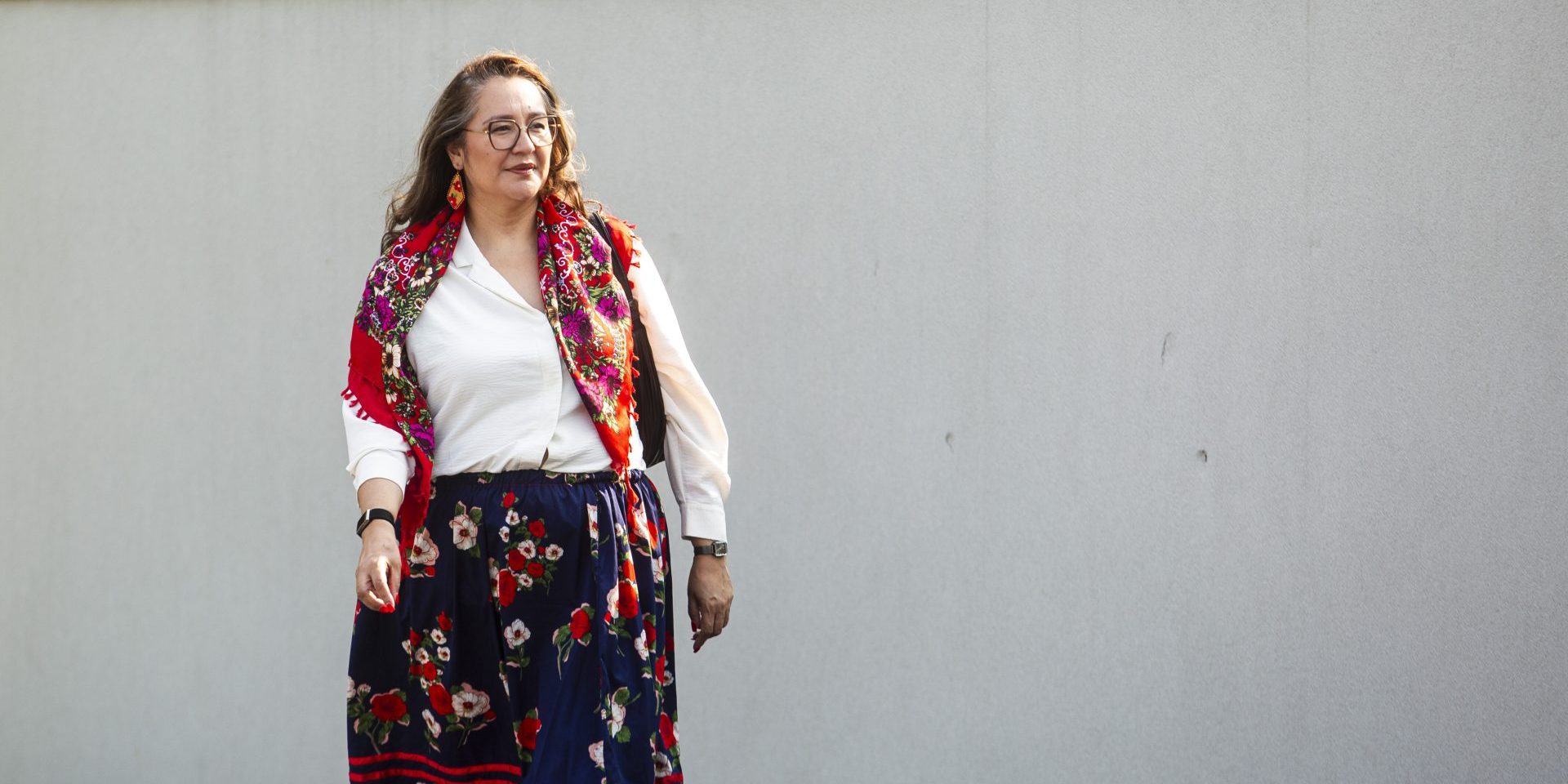
The deadline for Ottawa to meet its own target of reducing tuberculosis rates by 50 per cent in Inuit communities is fast approaching, but the government admits there is a “risk” it won’t be met in some regions amid disease outbreaks in several Northern communities.
“It is not feasible,” said Inuit Tapiriit Kanatami (ITK) President Natan Obed of the government’s targets. “There are already outbreaks in Nunavik—in northern Quebec—and also in Nunavut, that would make it impossible for us to reach those targets.”
In 2018, the federal government committed to reducing tuberculosis (TB) rates by 50 per cent—compared to 2016 rates—across Inuit Nunangat by 2025, and eradicating the disease by 2030. That budget committed $27.5-million over five years, with a further $16.2-million over three years added to the effort in 2023.
But ITK’s most recently available data from 2023 indicates TB rates have been increasing in recent years, not decreasing. In 2023, the incidence rate for TB was 268.6 per 100,000 people, compared to 2016, with a rate of 182.9 per 100,000 people.
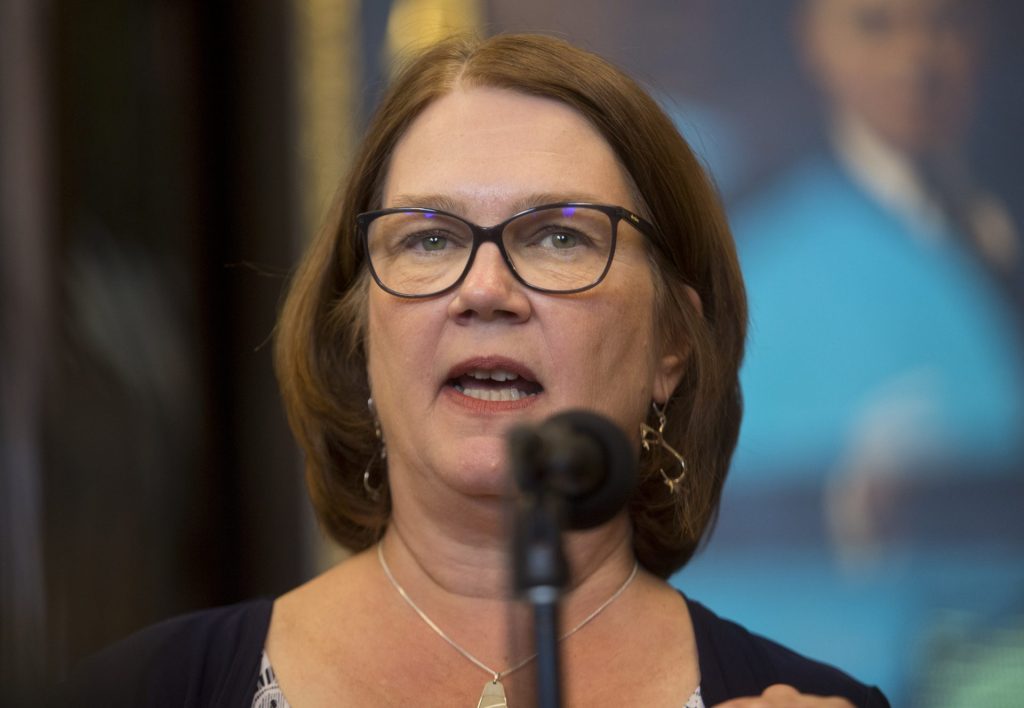
But the government says there have been steps forward in some regions. In an email statement to The Hill Times, Maryéva Métellus, a spokesperson for Indigenous Services Canada, said there are “emerging positive trends” in some communities.
Still, due to the recent outbreaks in several Inuit communities, “there is a risk that Canada may only meet this commitment in some Inuit regions,” the statement reads.
Obed said the intentions of the government at the time were “admirable,” but the disease can’t be eliminated from a one-time funding injection.
“This is a disease of poverty,” he said, as TB is directly related to inadequate, overcrowded housing.
The infectious disease is caused by breathing in a bacteria called Mycobacterium tuberculosis. Though it is curable—and has been largely eradicated in Canada and other Western countries—it is contagious, and thrives in conditions where there is crowded housing, food insecurity, and limited health care access. The disease disproportionately impacts Inuit.
A February 2025 report from the Public Health Agency of Canada says despite the government’s commitments, TB rates have remained unchanged over the past decade. To meet Canada’s domestic and global targets, the overall incidence will need to decline by approximately 17 per cent per year, the report reads.
“However, some populations will need to experience a higher rate of decline compared to others depending on their respective TB burden,” the report says. “This highlights the critical need for partners and all levels of government to strengthen collaborative efforts to eliminate this disease.”
This year, there have been outbreaks in several communities in Nunavik, Que. In June, a group of 14 Nunavik mayors called on the provincial government to declare a public health emergency in response to the situation. At the time, 40 cases had been reported in the region. Now, that number is up to 80, according to the Nunavik Regional Board of Health and Social Services.
The health authority says TB cases have risen in Nunavik’s 14 communities in recent years, with the rate between 100 to 300 times higher than in the rest of the province.
Maggie Emudluk, a member of the Kativik Regional Government’s executive committee who worked with the Nunavik mayors, said that if the level of TB outbreaks were in another part of Canada, it would be “alarming” and result in involvement from governments.
“That’s what we were trying to do—the mayors, when they wrote to the government,” she said, “to say, look, this is an emergency.”
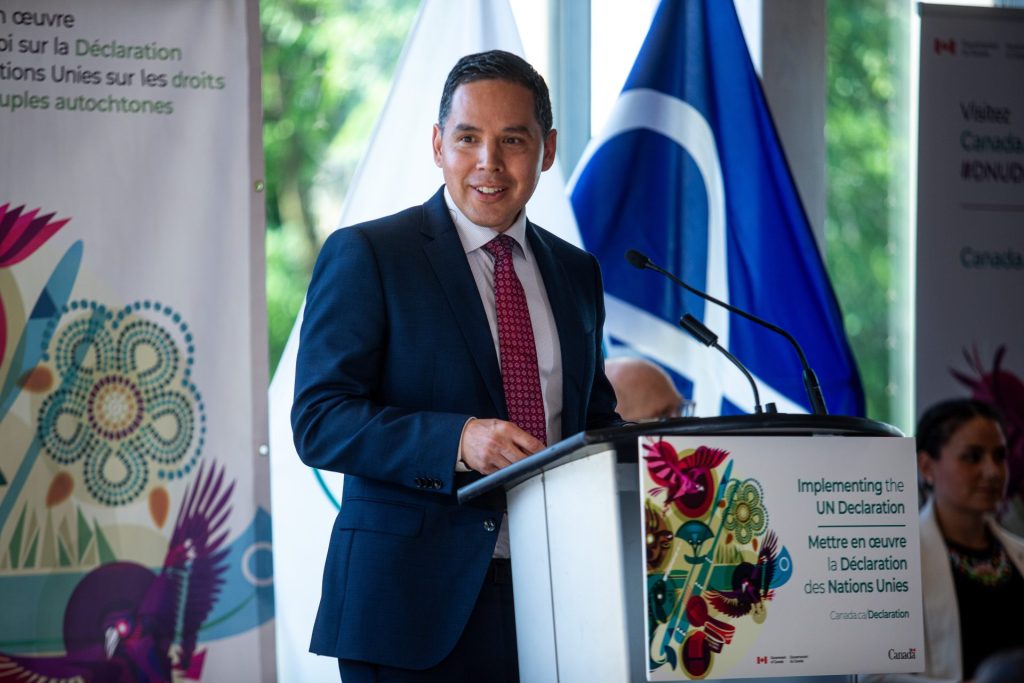
Obed agreed: “Here in Ottawa, if we had an incidence of 268 per 100,00 active TB [cases], that would dominate the news cycles and the storylines for health care,” he said.
“The human toll is significant. We have young people dying of tuberculosis—teenagers this year. We have infants and small children being exposed to active TB who then have to take long treatments of care.”
Emudluk said her community of Kangiqsualujjuaq, Que., which is on the eastern shore of Ungava Bay, has difficulty accessing X-ray machines, which are used to diagnose TB. Even larger communities that have machines sometimes lack trained technicians to operate them, she said.
She added that there is an X-ray technician that flies into one of the communities in Nunavik, but he is only available every month or two. A TB specialist from the McGill University Health Centre also visits the region and works with research institutions, Emudluk said, but he is “the only doctor” to do so.
For many in Nunavik, accessing health care involves leaving the community to travel to hospitals down south, Emudluk said, which can be challenging.
“A lot of people didn’t want to leave their community,” she said, explaining that the trips south are taken via a 26-passenger aircraft. “And if you have active TB, then other people don’t want to get on the plane. So, it’s kind of a dilemma.”
Eliminating TB ‘solely about political will,’ says NDP MP Idlout
Lori Idlout, the NDP MP for Nunavut, called on Ottawa to committee additional funding to combat the rise of TB.
“Five people in Inuit communities have died by TB since 2021,” she wrote in an email statement. “I should not have to call on the federal government to recommit funding to address tuberculosis and save lives in Nunavut, yet here I am, practically begging the government to please invest in Nunavut.”
She added that the government’s target of a 50 per cent reduction is “already off the mark” as “nothing has been achieved” in the region with cases on the rise, and not on the decline.
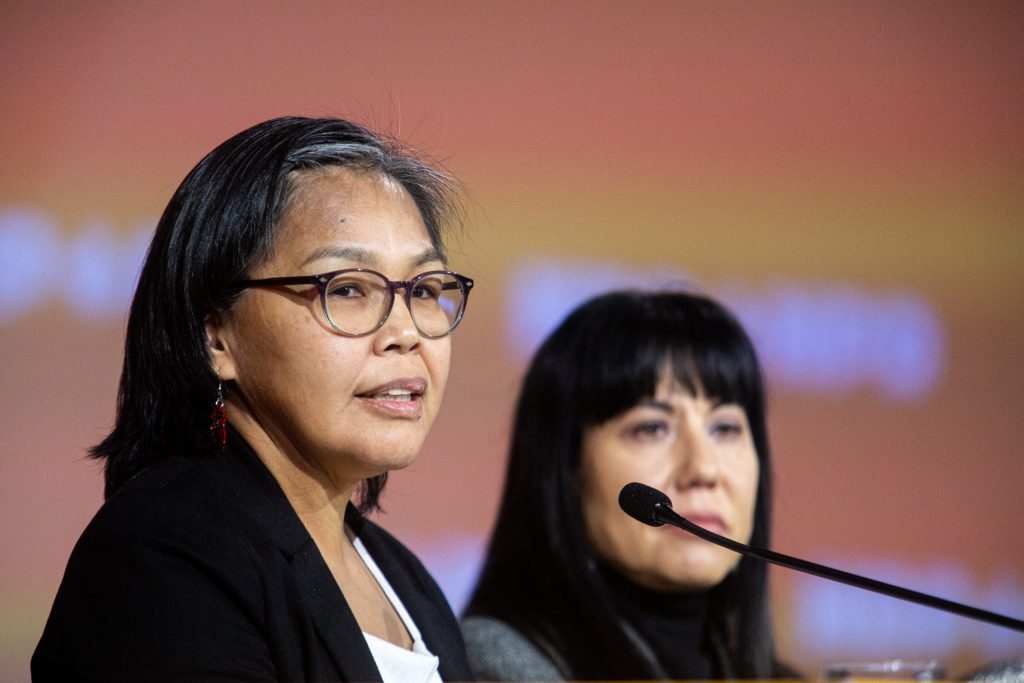
“Eliminating TB in Nunavut is solely about political will,” she wrote. “When the Carney government wants to do something, it goes forward quickly and decisively. I challenge the Liberals to put as much energy into eliminating tuberculosis in Nunavut as it does into building resource development projects.”
Obed said he hasn’t seen concerted effort from the government to reach the 2025 target. He said Ottawa has only continued funding the ongoing TB work in the region.
“Usually with goals—and especially as solemn as this particular goal was—the actions of the jurisdiction or the government are clear,” Obed said. “Even if you don’t reach those targets, you can still point to the level of urgency that a jurisdiction or a government placed on it.”
In this year’s pre-budget submission, ITK requested funding of $131.6-million over five years for TB elimination. The organization requested the same amount in 2023—which was the last time there was a budget—but Obed said it was “completely ignored” at the time. The $16.2-million committed in the 2023 budget is set to end in March 2026.
‘People haven’t forgotten’ TB’s traumatic history, says Sen. Karetak-Lindell
Nunavut Senator Nancy Karetak-Lindell, who is a member of the Independent Senators Group, said though numbers are improving in Nunavut, the territory is still battling outbreaks. Nunavut’s Arviat—her home community—and Naujaat are facing outbreaks, though the Baffin Island communities of Pangnirtung and Pond Inlet declared an end to TB outbreaks in July.
About six years ago, Karetak-Lindell lost a cousin to the disease. She said that having more hospitals in the regions would help, as people would be more likely to seek care knowing they didn’t have to leave their community to access it.
She said there’s been an increase in nurses assisting with the outbreak, which has been a “tremendous help,” and said that since 2018 there have been “slow” improvements in her community.
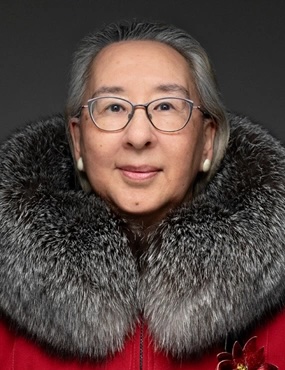
But, Karetak-Lindell said, Nunavut doesn’t have a public health information tracking system to monitor diseases and immunization numbers in the 25 communities in the territory, which makes it difficult to track rates. A tracking system would help with management and with making “critical” decisions, she said.
Karetak-Lindell also said TB treatments have traumatic roots in Inuit communities, which can make some reluctant to seek care. From the 1940s to the 1960s, Inuit diagnosed with the disease were often taken from their communities and sent to sanatoriums in southern Canada. This resulted in long separations, from which some Inuit didn’t return, “completely destroying some families.”
“People haven’t forgotten that,” Karetak-Lindell stressed. “So that’s one of the challenges of trying to get people treated properly or to voluntarily go to the health centre to get checked.”
But she added that TB stems from greater issues facing Inuit communities: a lack of housing and infrastructure. The issue has forced many generations to live together in the same house, she said, explaining that for more houses to be built in many Northern communities, materials have to be flown in or brought in via sea lift.
“We forget our history very quickly. This country was built by major infrastructure being done by the federal government—you know, the railways, the highways, the ports, airports,” she said
“The challenges are so many, and unless people in the rest of the country understand that … we’re not asking for handouts, we’re asking for investments,” she said, “like the way the rest of the country was built.”
ewand@hilltimes.com
The Hill Times






 LICENSING
LICENSING PODCAST
PODCAST ALERTS
ALERTS













